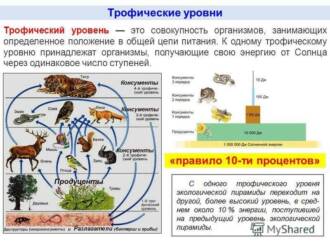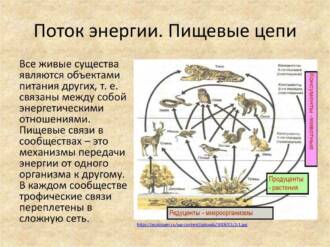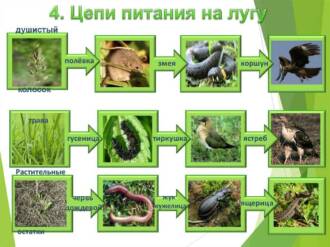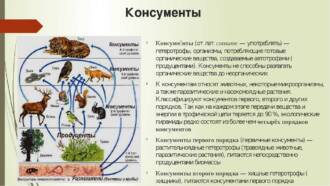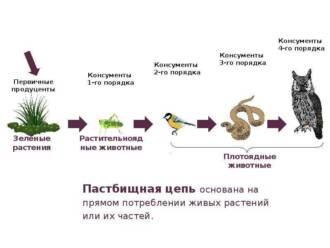
Butterflies are colorful and unique creatures that play an important role in the ecosystem. They are one of nature's most important pollinators and help keep the food chain stable. Due to their unique anatomy and behavior, butterflies contribute to the pollination of many plants, which is a necessary condition for the reproduction and conservation of species.
One of the important factors that make butterflies an integral part of an ecosystem is their diversity. There are a huge number of species of butterflies, each of which has its own preferences in choosing plants for food and reproduction. This allows them to occupy different niches in the ecosystem and provides a more sustainable food chain.
Butterflies also play an important role in maintaining biodiversity. They are food for many vertebrates, including birds, frogs, and lizards. If not for butterflies, many species of animals would be without food, which would lead to an imbalance in nature. Moreover, butterflies themselves are indicators of the health of an ecosystem - their presence and diversity can serve as an indicator of the health of the environment.
Butterflies are also an object of study for many scientists and nature lovers. Their behavior, migrations and attractive appearance allow you to learn more about nature and the ecosystem as a whole.
Thus, butterflies play not only an aesthetic role in nature, but are also important participants in the ecosystem. They help maintain the stability of the food chain, help pollinate plants, and serve as food for other animals. Due to their diversity and unique adaptations, butterflies are an integral part of nature and an important object of study for scientists and nature lovers.
The role of butterflies
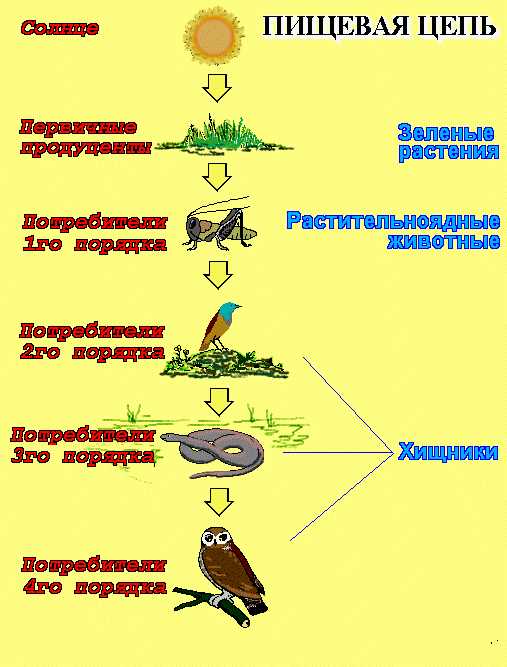
Butterflies play an important role in the ecosystem and in maintaining the stability of the food chain. They are pollinators of many plants, contributing to their reproduction and conservation of genetic diversity.
Pollination of plants
Butterflies are one of the main pollinators of plants. They carry pollen from one flower to another, facilitating pollination and seed production. Without the participation of butterflies, many plants would be unable to reproduce and survive.
Food for other animals
Butterflies are an important food source for other animals. Butterfly caterpillars serve as food for birds, lizards, frogs and other predators. Adult butterflies are also a food source for birds, bats, and other insectivores.
Environmental indicators
Butterflies are indicators of the state of the environment and ecological balance. Changes in the number and species diversity of butterflies may indicate a violation of biological balance, environmental pollution or loss of natural habitats.
Insect population regulation
Some species of butterflies are predators of insects. They control the population of pests such as smolderers and caterpillars, preventing their mass reproduction and the destruction of crops.
Contribution to biodiversity
Butterflies are one of the most diverse groups of insects on the planet. Their species diversity contributes to biodiversity and ecosystem resilience. They are also the object of study by scientists and nature lovers, contributing to the expansion of our knowledge of the natural world.
Butterflies and Ecosystem
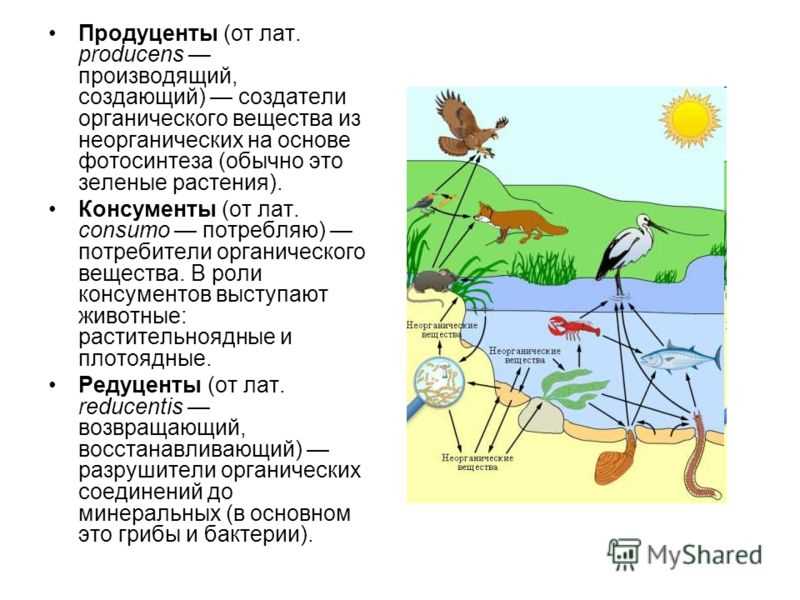
Butterflies are one of the important elements of the ecosystem and play an important role in maintaining the stability of the food chain. They are pollinators of many plants, which contributes to their reproduction and biodiversity conservation.
Pollination of plants
Butterflies, like other insects, carry pollen from one plant to another while visiting flowers. This is due to special structures on their legs and head that allow them to stick to flowers and carry pollen. Thus, butterflies play an important role in the pollination of plants, which contributes to their reproduction and the preservation of the population.
food chain

Butterflies are also a food source for many animals, including birds, bats, and other insectivores. They are links in the food chain, transferring energy and nutrients from plants to other organisms. Without butterflies, the food chain would be disrupted, which could lead to an imbalance in the ecosystem and a decrease in biodiversity.
The Importance of Butterfly Conservation
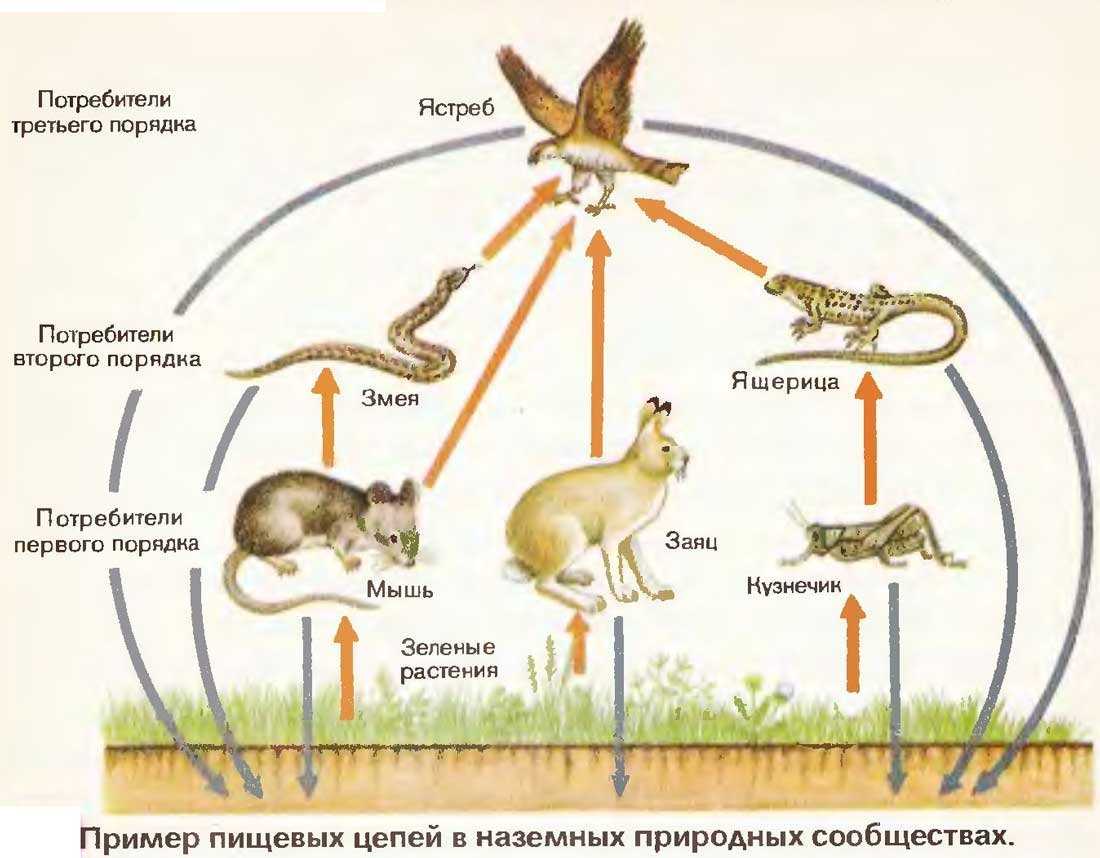
Butterfly conservation is essential to maintaining ecosystem stability. This can be achieved through the creation and conservation of their natural habitats, such as grasslands, fields, woodlands and gardens, as well as the prohibition of the use of pesticides that can harm butterflies and their food sources. In addition, it is important to educate the public about the role of butterflies in the ecosystem and how to protect them.
The importance of butterflies in the food chain
Butterflies play an important role in maintaining the stability of the food chain. They are important pollinators, carrying pollen from one flower to another, helping to pollinate plants and produce new seeds. Without butterflies, many plants would not be able to reproduce and survive.
Butterflies also serve as food for many animals, including birds, frogs, lizards, and other insectivores. They are an important food source for these animals, providing them with essential nutrients and energy.
In addition, butterflies are indicators of ecosystem health. Their presence or absence may indicate the state of the environment. If the butterfly population is declining, this may be a sign of imbalance in the ecosystem, which can lead to negative consequences for other organisms and the food chain as a whole.
Thus, butterflies play an important role in maintaining the stability of the food chain, providing pollination of plants, serving as food for other animals and being indicators of ecosystem health. Their conservation and protection are of great importance for our planet and its biodiversity.
Butterfly variety
Butterflies are one of the most diverse groups of insects. They are found on almost all continents except Antarctica, and number over 180,000 species. Due to such a huge diversity, butterflies occupy an important place in the ecosystem and play an important role in maintaining the stability of the food chain.
Variety of shapes and colors
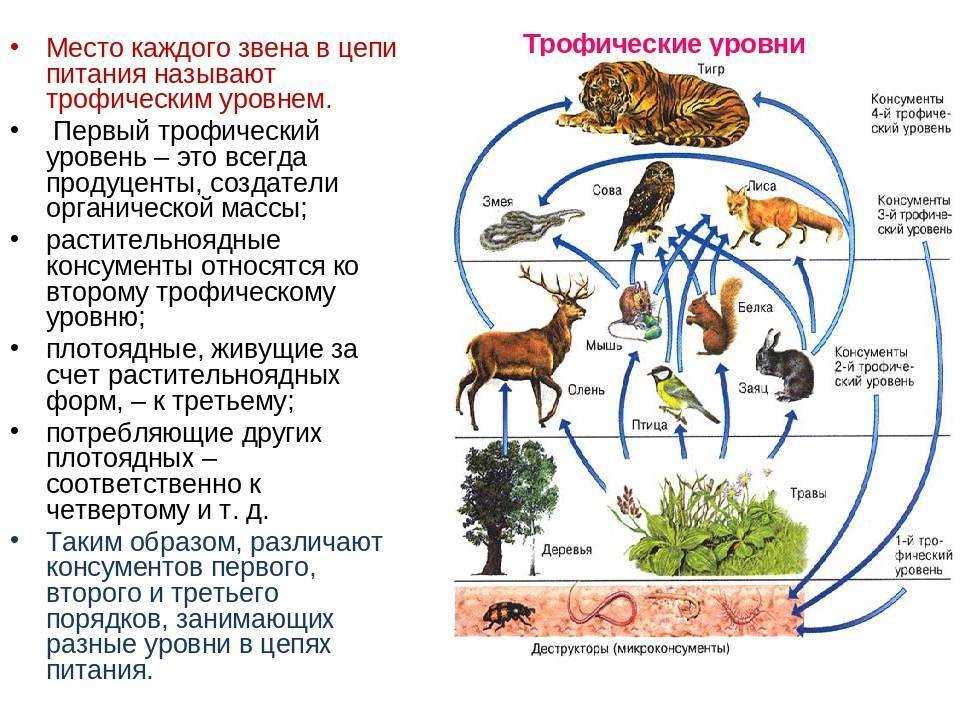
Butterflies come in an amazing variety of shapes and colors. They can be small and delicate or large and colorful. Each species of butterfly has its own unique wing pattern that helps them camouflage themselves in the environment or deter predators. Some species of butterflies have mimic colorations that help them mimic dangerous or inedible species, protecting them from predators.
Diversity in behavior and lifestyle
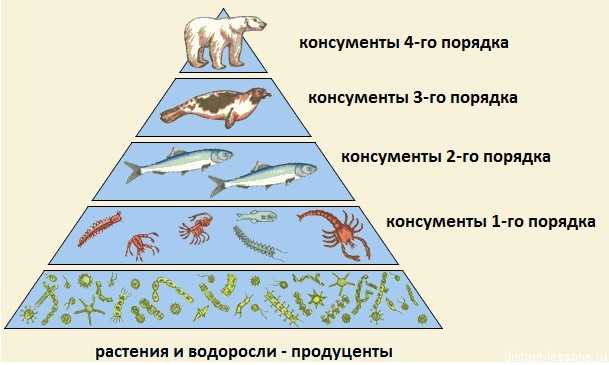
Each type of butterfly has its own characteristics of behavior and lifestyle. Some butterflies spend most of their lives as caterpillars, feeding on vegetation and growing leaves. Other species spend most of their time as adult butterflies, which feed on the nectar of flowers and play an important role in the process of plant pollination. There are also species that migrate over long distances, covering hundreds and even thousands of kilometers in search of favorable breeding conditions.
Importance in the ecosystem
Butterflies are important elements of the ecosystem, as they perform several important functions. First, they are important plant pollinators, helping them reproduce and maintain populations. Secondly, butterflies serve as a food source for many predatory animals such as birds and bats. Finally, butterflies also serve as indicators of the ecological state, as they are sensitive to changes in the environment and can indicate disturbances in natural balances.
Interactions of butterflies with other organisms
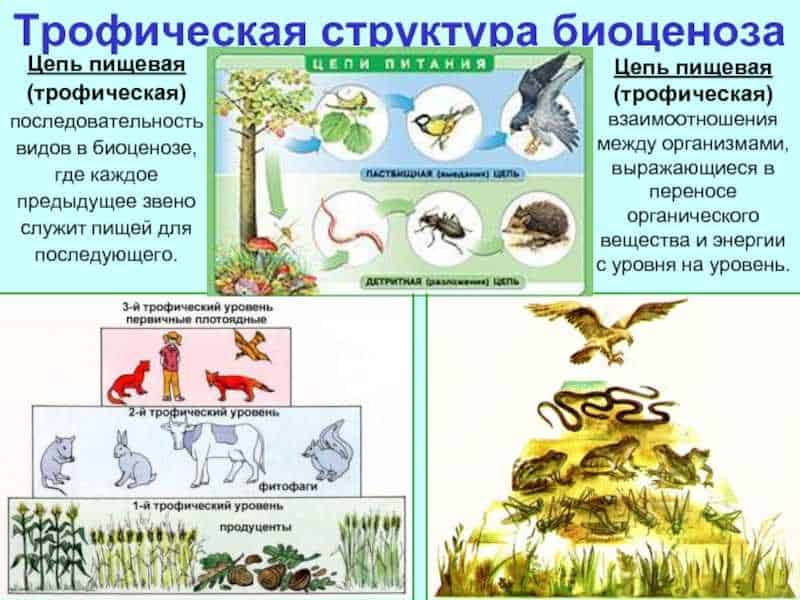
Butterflies play an important role in the ecosystem by interacting with other organisms. They are important pollinators, helping to spread pollen from plants and aiding their reproduction. Many flowers have developed special structures that attract butterflies, such as bright colors and sweet nectar, to attract them to their flowers. The interaction between butterflies and plants is mutually beneficial - the butterflies get food, and the plants spread their pollen.
In addition, butterflies are a food source for many other organisms. Butterfly larvae serve as food for birds, lizards and other insectivorous animals. The interaction between butterflies and predators is part of the food chain that keeps the ecosystem in balance.
It is also worth noting that butterflies themselves are predators and interact with other insects. Some butterflies feed on other insects such as flies and smoldering insects. This helps control pest populations and maintain balance in nature.
In general, the interaction of butterflies with other organisms plays an important role in maintaining the stability of the food chain and the ecosystem as a whole. Without butterflies, many plants would not be able to reproduce, and birds and other animals would not find enough food. Therefore, the conservation of butterflies and their interaction with other organisms is an important task for the conservation of biodiversity and ecological balance.
Threats to butterflies and the ecosystem
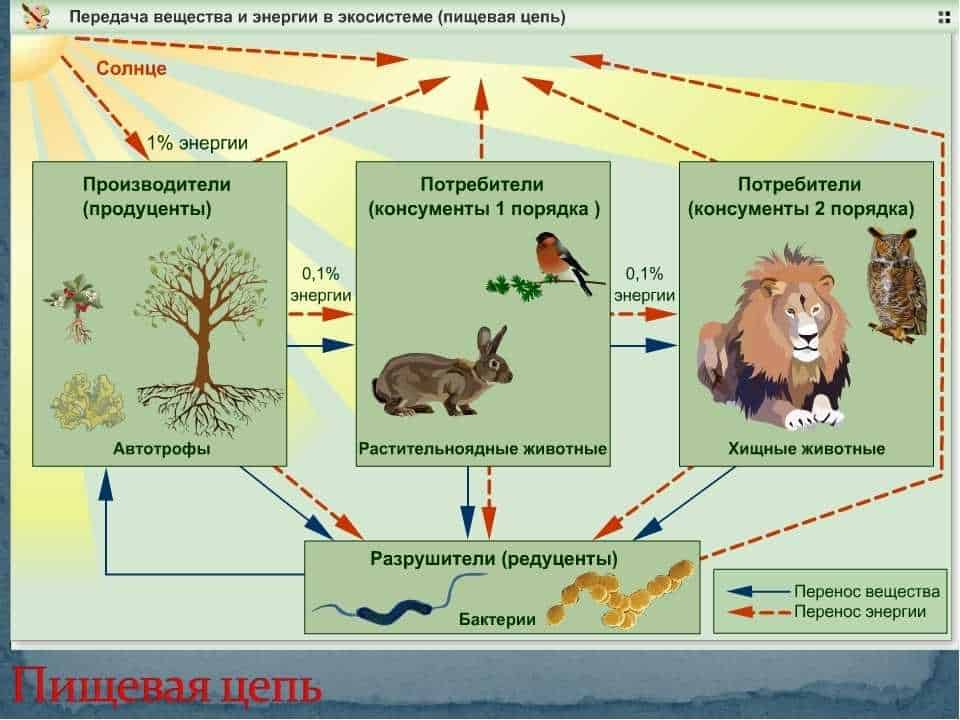
Butterflies and their ecosystem are exposed to various threats that can seriously affect biodiversity and the stability of the food chain. Below are some of these threats:
1. Habitat destruction

One of the main threats to butterflies is the destruction of their habitats. The expansion of agricultural land, urban development and logging lead to a decrease in the spaces available to butterflies. This leads to a deterioration in the conditions for reproduction, feeding and migration of butterflies, as well as to a reduction in populations of endangered species.
2. Use of pesticides
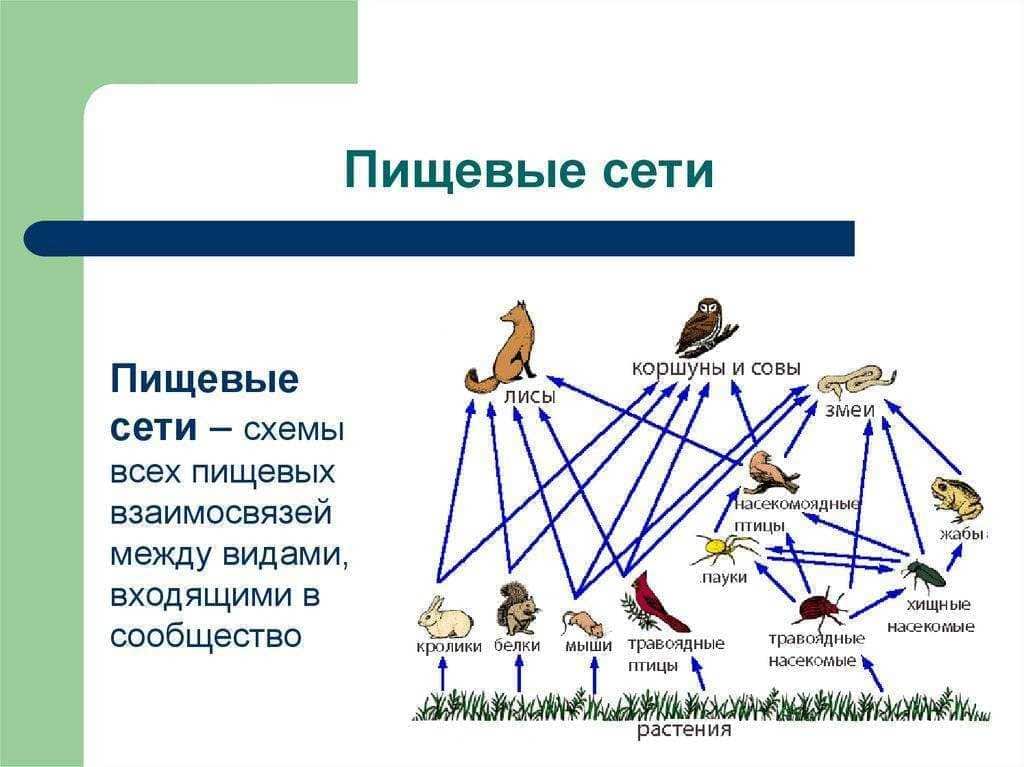
The use of pesticides in agriculture and horticulture is another major threat to butterflies and the ecosystem. Pesticides can harm not only adult butterflies, but also their caterpillars and eggs. They can destroy the food plants of butterflies, as well as cause various diseases and developmental disorders in butterflies. In addition, pesticides can adversely affect other species of insects and animals that form part of the ecosystem necessary to maintain the balance in nature.
3. Climate change
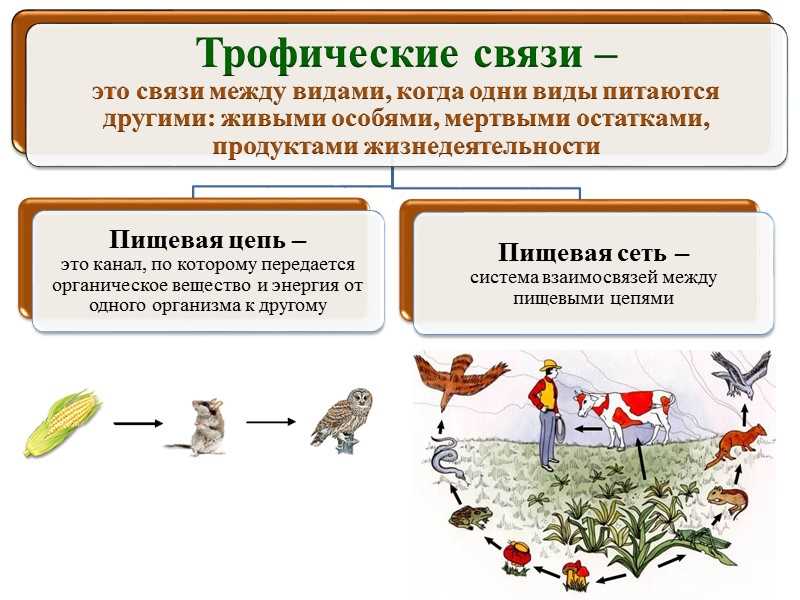
Climate change is a global threat to butterflies and their ecosystems. Global warming is changing temperature conditions and precipitation, which can affect the life cycle of butterflies and the availability of food. Some butterfly species may be forced to move to colder or drier regions, which may lead to their extinction or change in biodiversity in regions where they previously thrived.
In general, the conservation of butterflies and their ecosystem is an important task that requires a collective effort. Measures must be taken to conserve habitats, reduce the use of pesticides and combat climate change in order to ensure the sustainability of butterflies and maintain a balance in the ecosystem.

